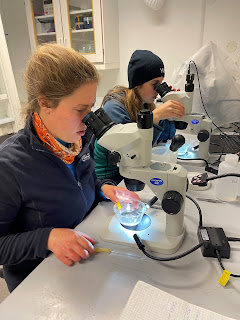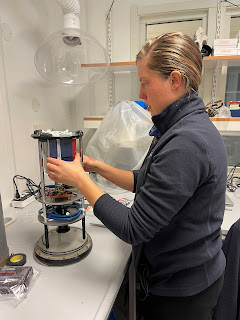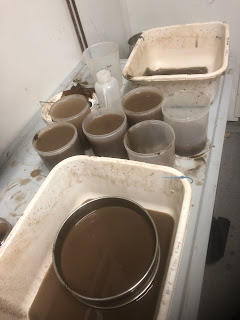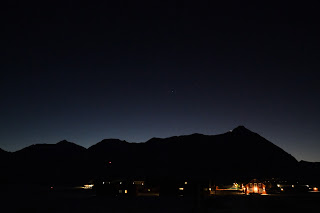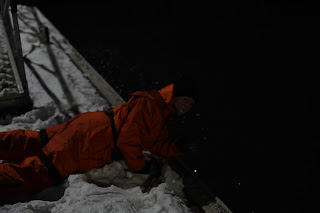On the way down

Kharis happily packing our things. I stood in the middle of the lounge area on the upper floor of the marine lab, hands on hips, not looking at anything in particular. Just thinking. What was my next move? We had finished all our scientific work. Over 500 larvae rested safely in small jars of ethanol; we had 32 jars of sediment and all the animals in it preserved in formalin; CATAIN was on the seafloor; and Kharis was busily packing up our gear downstairs. What was I to do? So I made a cup of tea and sipped it on the couch. My grad student, Kharis, is a bit unusual among scientists: she actually enjoys the logistics that accompany field work. Anytime we travel together, she sets up the lab, catalogs the samples, breaks down the equipment, and packs everything to go home. I try to help, but she really doesn't need me. It's a pretty convenient trait for an apprentice to have - when she handles the logistics, it frees me up to work on big-picture things. Or, you know, take
.jpg)


